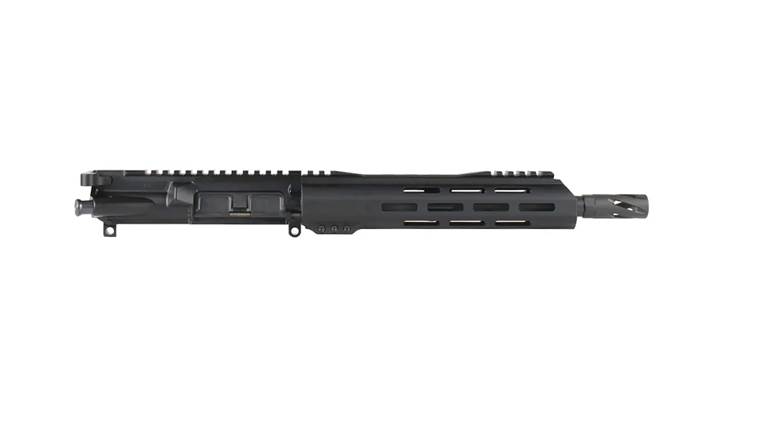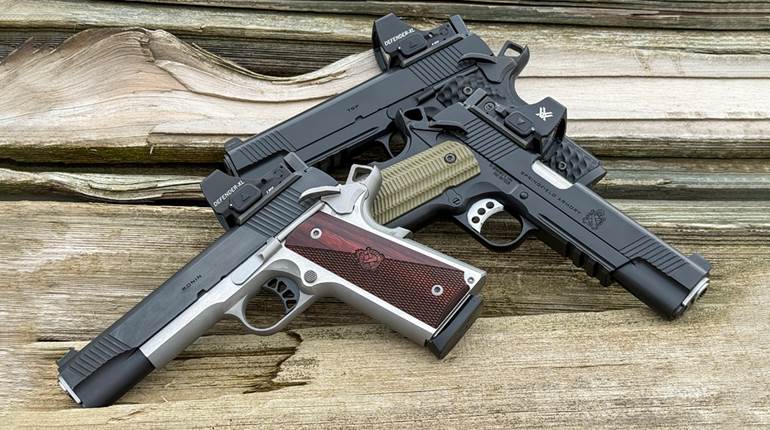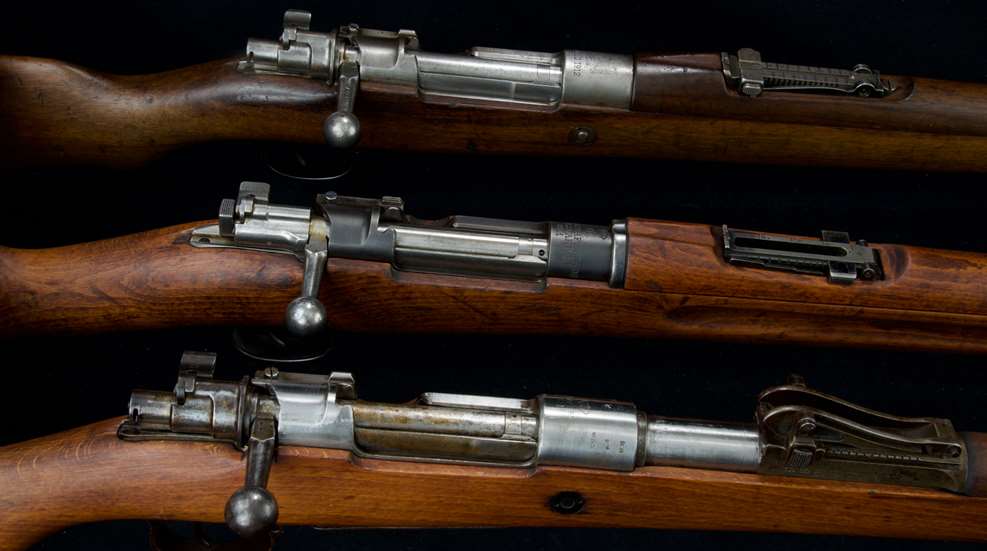
The Mauser action is said to be the most prolific in the history of bolt-action rifles. It is said to be the action upon which many modern-day bolt-actions are based. But that assumption is based on the Mauser 1898 action, which is just one of many Mauser designs, some of which date all the way back to the late 1800s. Mauser rifles come in myriad variants and layouts. This diversity is due not only to the changing needs and desires of military units over the years but also to the wide range of countries who adopted various Mauser-designed rifles.
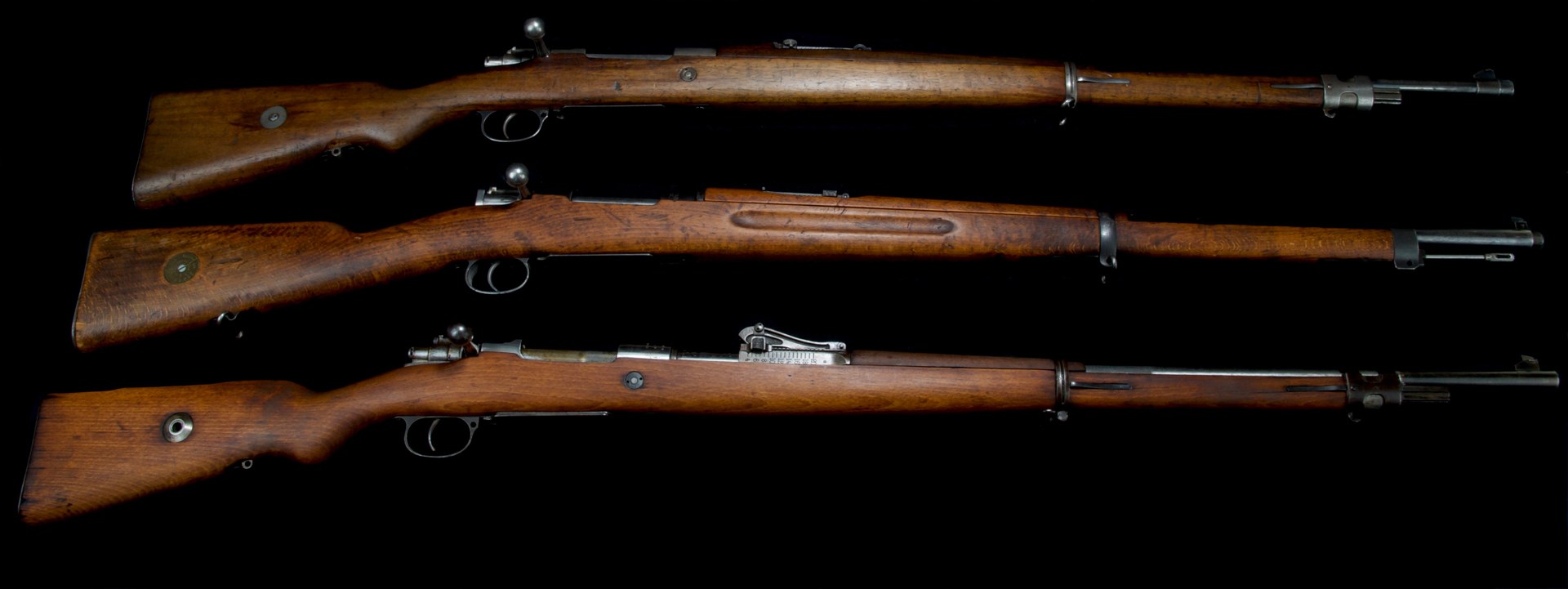
Of all the shooting I have done over my years, Mauser long rifles have provided me some of the most interesting and rewarding experiences. Of my current three Mauser long rifles, I often like to ask myself which one is the one to keep if I could only have room for one representative example? It’s a tough question to answer, especially since the three Mauser long rifles I own were each made for a different country, chambered in a different cartridge, and each provides a wholly unique shooting and ownership experience.
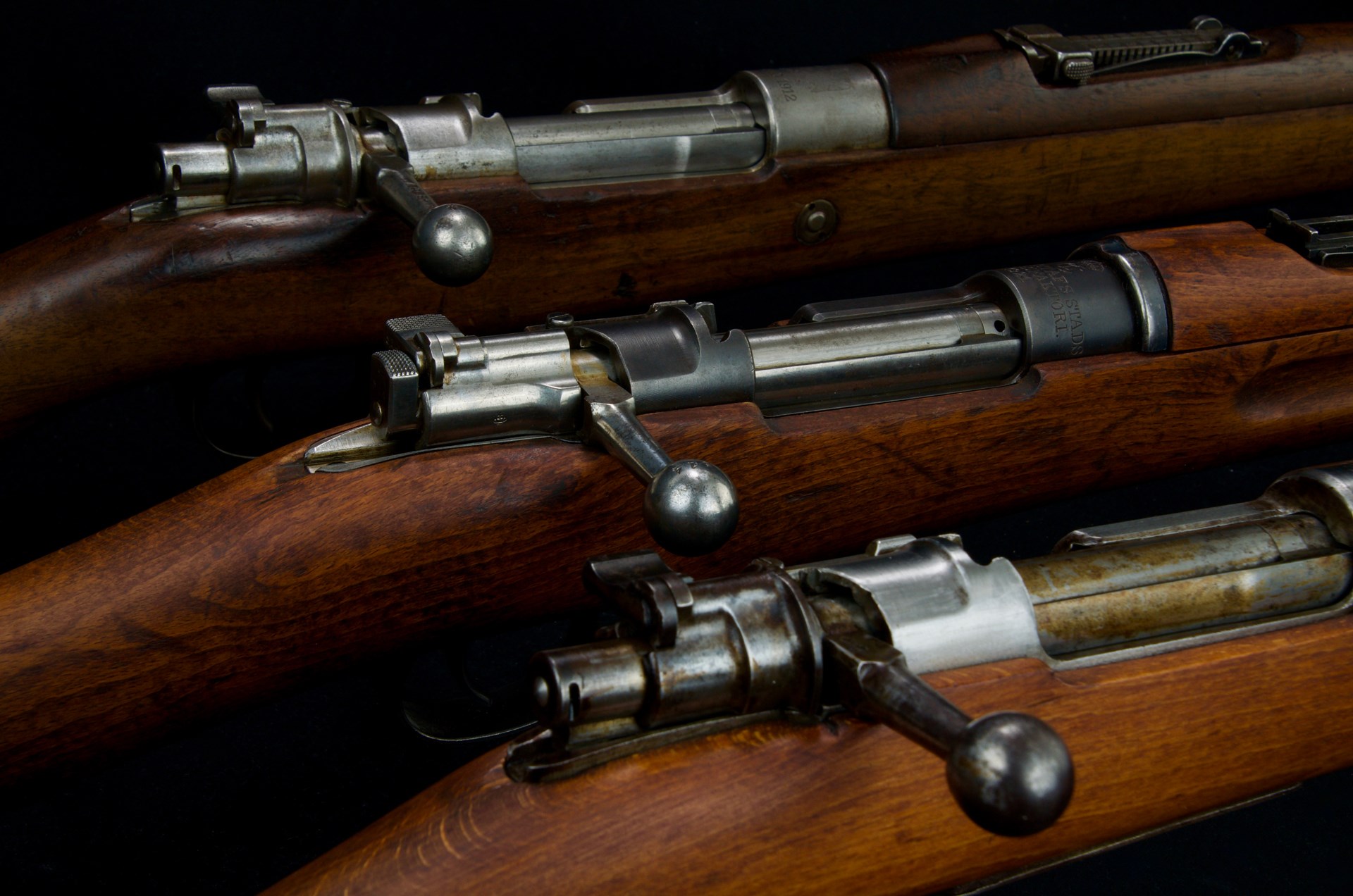
The German-made Gewehr 1898 may be the most instantly recognizable of the bunch. The Swedish M1896 could be the most popular among shooters, and the Chilean M1912 may be the one rifle of the batch with the smallest following. How do they stack up against each other? Do they deserve their reputations? To find a winner among these rifles when it comes to overall ownership and shooting experience, I first need to examine the features and qualities that make each one unique in those two facets of the sport.
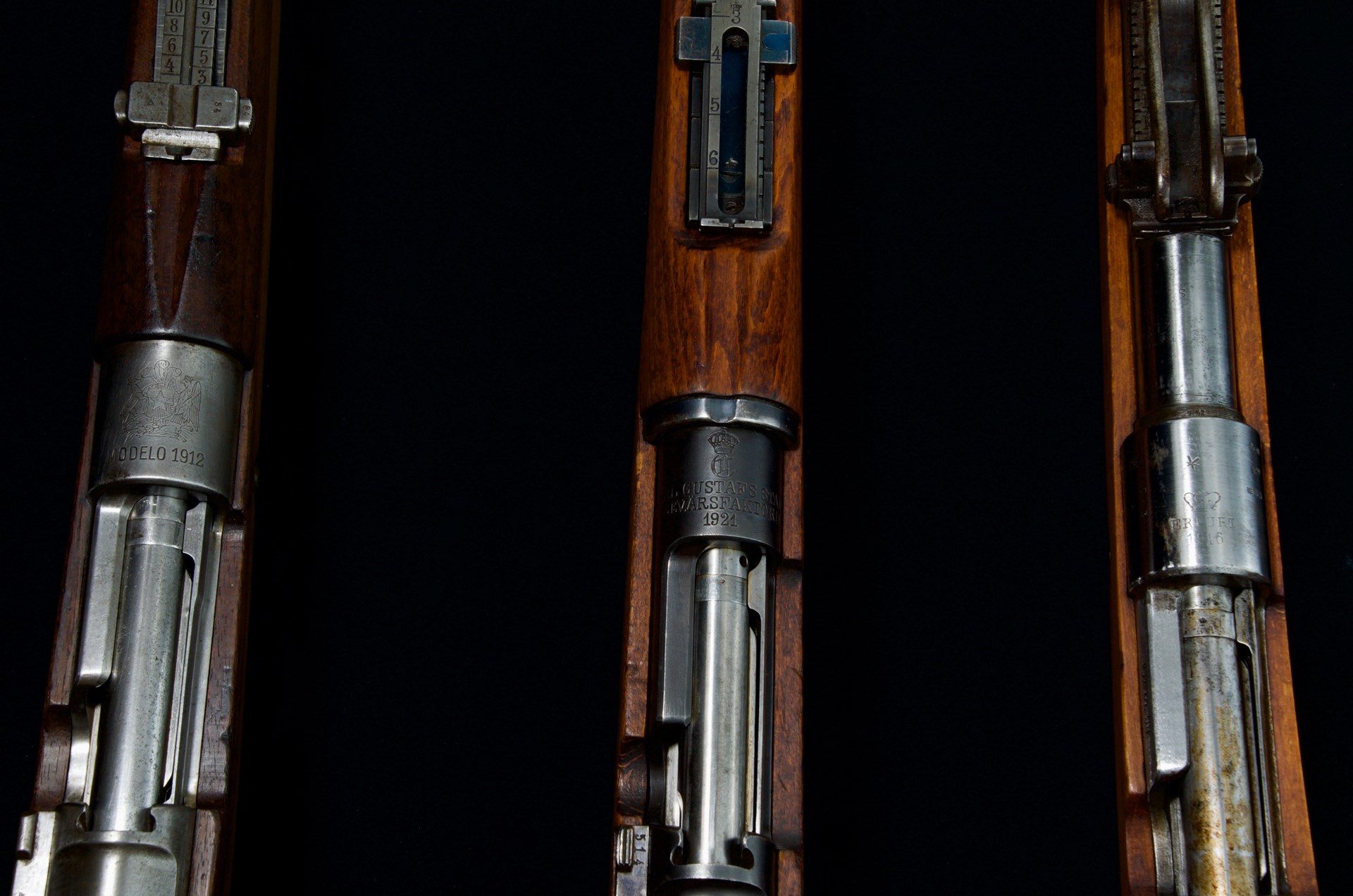
Mausers were most notably made for the armed forces of the nation in which they were originally designed, Germany. While previous Mauser designs had served in other conflicts before its creation, the most well-known Mauser action, and the one we see most today, is that of the Mauser Gewehr 1898. The Gewehr 98 is the progenitor of the military Mausers fielded by Germany in World War II. It was the primary rifle fielded by German Infantry in the First World War, and it was chambered for the powerful 8x57 mm Mauser cartridge.
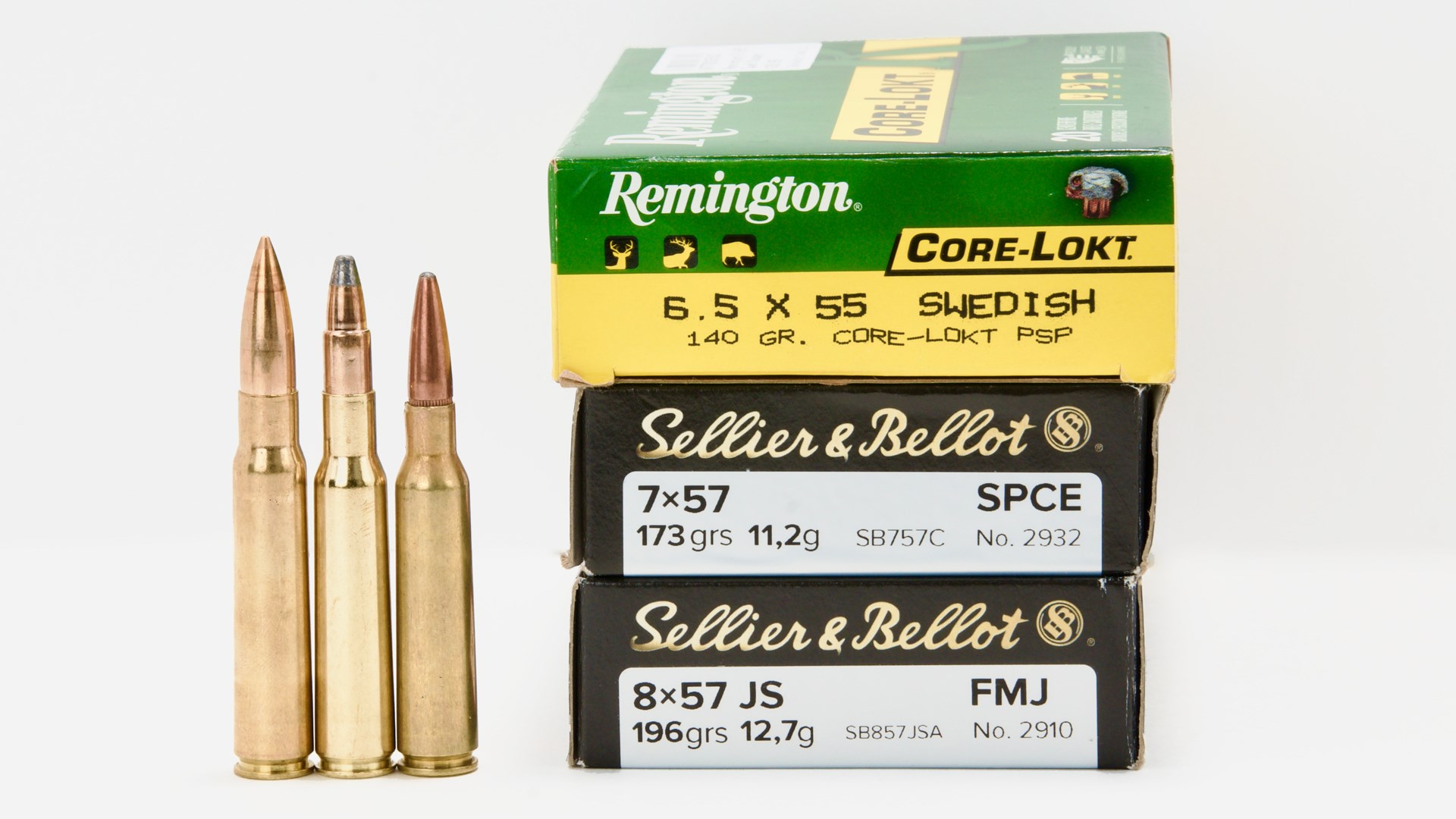
The Gewehr 98 is the most collectible of the three rifles and therefore commands the highest value. Original, good-condition German specimens routinely sell online for much more than the starting price of an M1896 or M1912. Many of these rifles served with the German military in some capacity at some point. In theory, this would mean that they have a greater chance of having a deeply storied past than the other two long rifles. This also means that it takes the right shooter to make this a great gun to own. A collector who’s more concerned with the performance of a military surplus rifle than its historical significance would likely be happier with the value of any of the cheaper Mauser long rifles chambered in 8 mm Mauser. Turkish long-rifle variants come to mind.
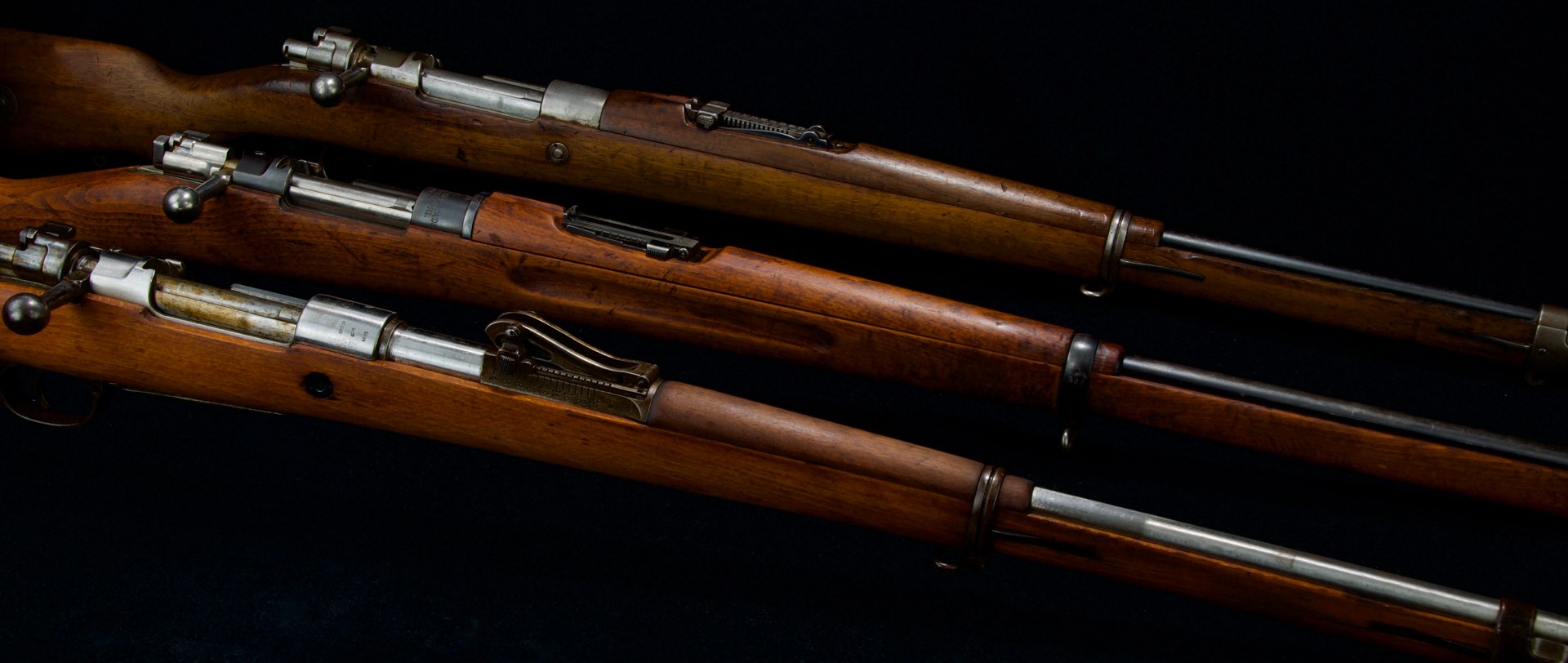
For those who are fascinated by the historical context of specific firearms, the Gewehr 98 is a clear choice among the three. It looks and feels archaic and very unique. The singularity of the rifle is most apparent when operating the Lange Vizier iron sights. The Lange Vizier sight, affectionately referred to as the “Rollercoaster Sight” by collectors (above, bottom), is the most unique physical feature of the Gewehr 98. It is, unfortunately, also one of the gun’s biggest drawbacks when it comes time to actually shoot it. The minimum range setting on the Lange Vizier sight is 400 meters. Many shooters don’t have access to a range long enough to shoot point-of-aim/point-of impact with the Gewehr 98. There are many ways that Gewehr 98 owners have modified or temporarily changed their sights to shoot at closer ranges without having to hold low, but modifying such a piece of history is inadvisable and the quick fixes lack consistency. It’s not at all abnormal for military rifle sights of the era to use similar minimum range settings. The problem the Gewehr 98 runs into is that the “ears” on either side of the rear sight notch itself obscure the shooter’s vision and can make for a murky sight picture in some cases. This is especially so when holding left or right of a target for windage. At 400 meters and out, with low wind conditions, the Gewehr 98 provides an unforgettable shooting experience. A hearty muzzle report and plenty of recoil, followed by impressive energy delivered on steel targets at distance, make the Gewehr 98 a lot of fun. If shooting comfort is not a concern, and the overall experience of firing a piece of world military history is at the forefront of a collector’s mind, the Gewehr 98 will be hard for the other long rifles to dethrone.
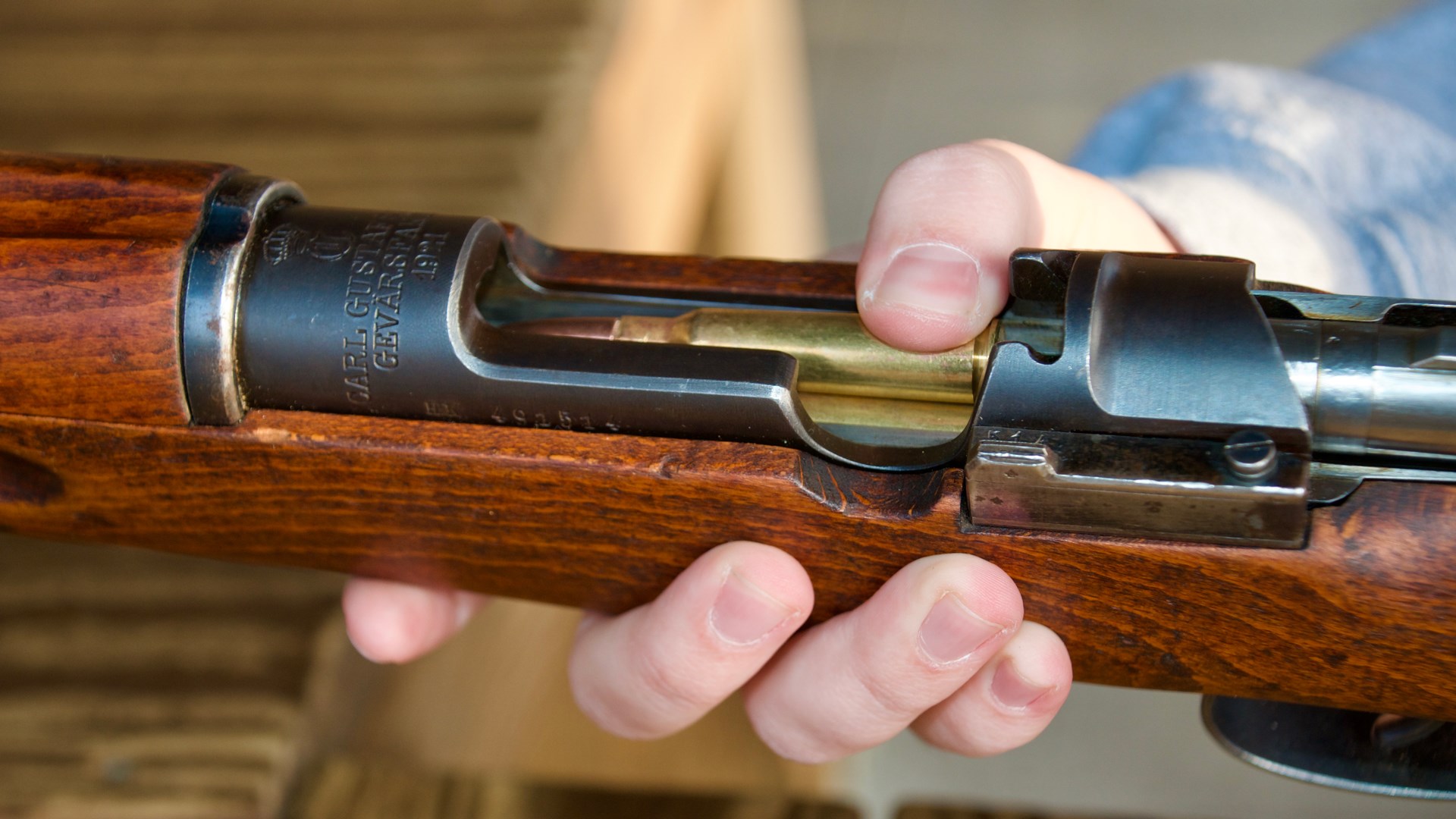
The Swedish M1896 Mauser (above) actually predates the production of the Gewehr 98. This platform has been a mainstay in military-surplus shooting in the United States for many years—and with good reason. The Swedish-made M96 Mauser is the “shooter’s military surplus rifle” if one rifle could truly take that mantle. The excellent ballistics and shooting characteristics of the 6.5x55 mm (Swedish) cartridge, combined with the well-known Swedish standard for fit and finish, make the M96 extremely popular with shooters and collectors alike.
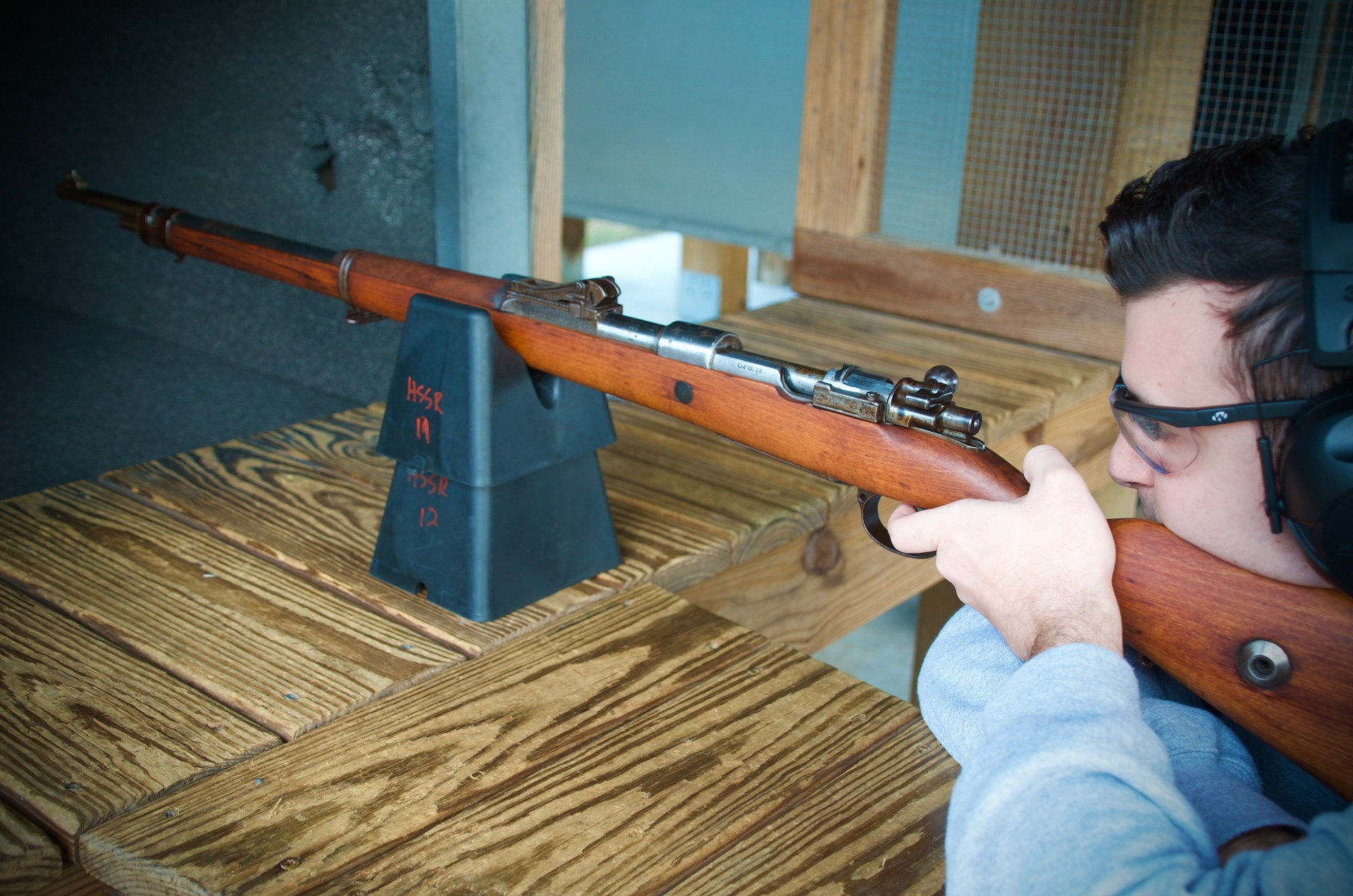
Though they have risen in price over the years, they will likely never exceed the value of the Gewehr 98 (above). This means that shooters and collectors can more easily obtain the M96 and probably still afford to feed it after the price of admission is paid. The rifle doesn’t quite match the legendary status of the Gewehr 98 among collectors and enthusiasts, but it’s important to remember that almost every military-surplus firearm has some form of unique story to tell. In the case of the M96, it had a notable service career in the hands of Finnish troops at one time and enjoyed a long era of adoption by Swedish civilians for target-shooting purposes later.
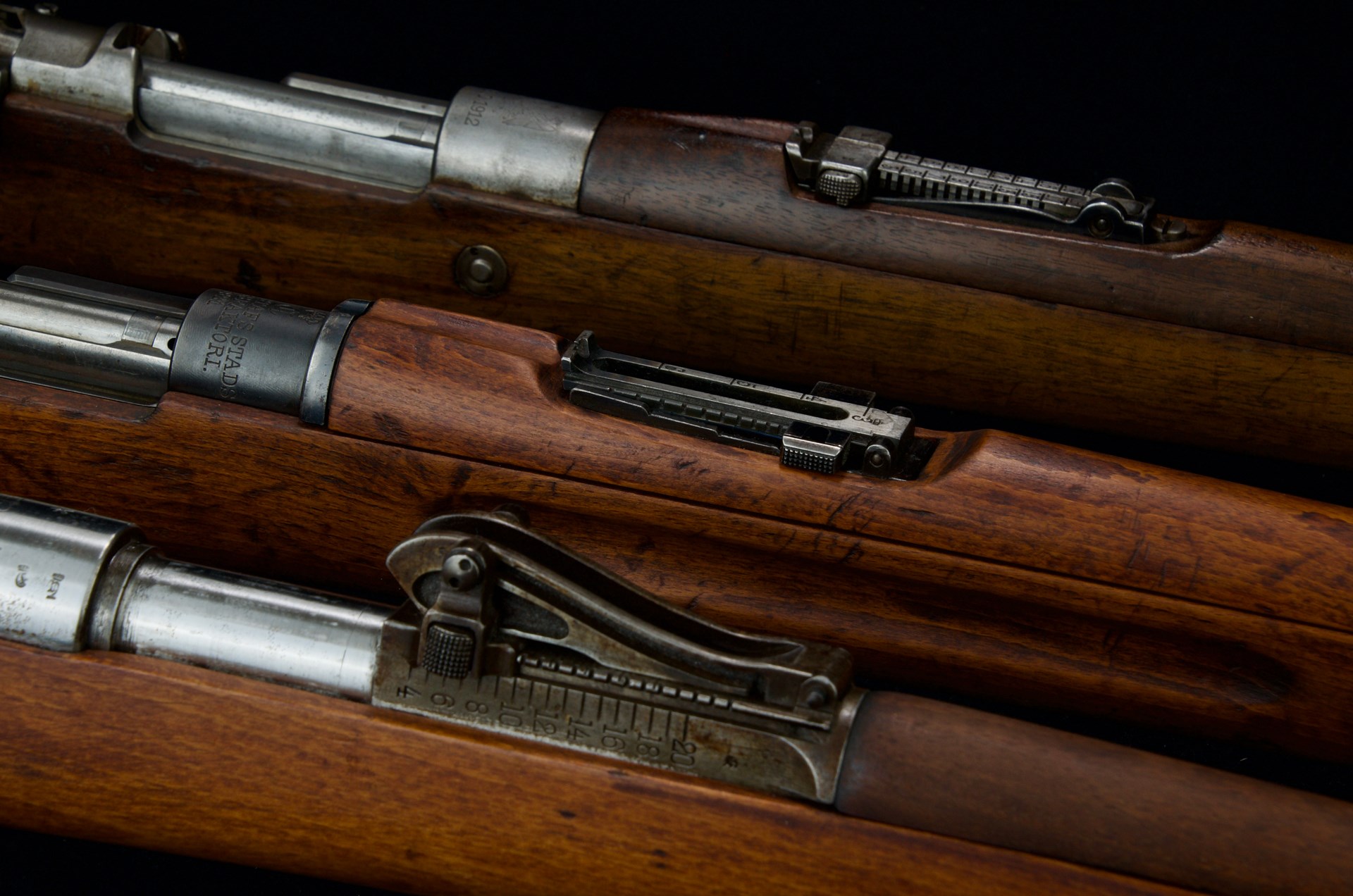
While the Swedish Mauser may not extract the same level of fanfare from fellow collectors and shooters as the Gewehr 98 does, it speaks for itself when the trigger is pulled. The 6.5 Swede cartridge out of the full-length M96 long rifle (above, top) is infinitely more comfortable to shoot than the 8 mm Mauser. In fact, sending rounds downrange with the M96 is a joy, regardless of shooting position. The tangent sight on the M96 (above, middle) is more in line with other military-surplus bolt-action offerings. While it shares the longer-range sight adjustment graduation of the Gewehr 98 (above, bottom), the 6.5 Swede is much flatter-shooting and, in the end, is easier to fire without having to hold over. All the way out to 1,000 yards, the 6.5 Swede (below) was very capable.
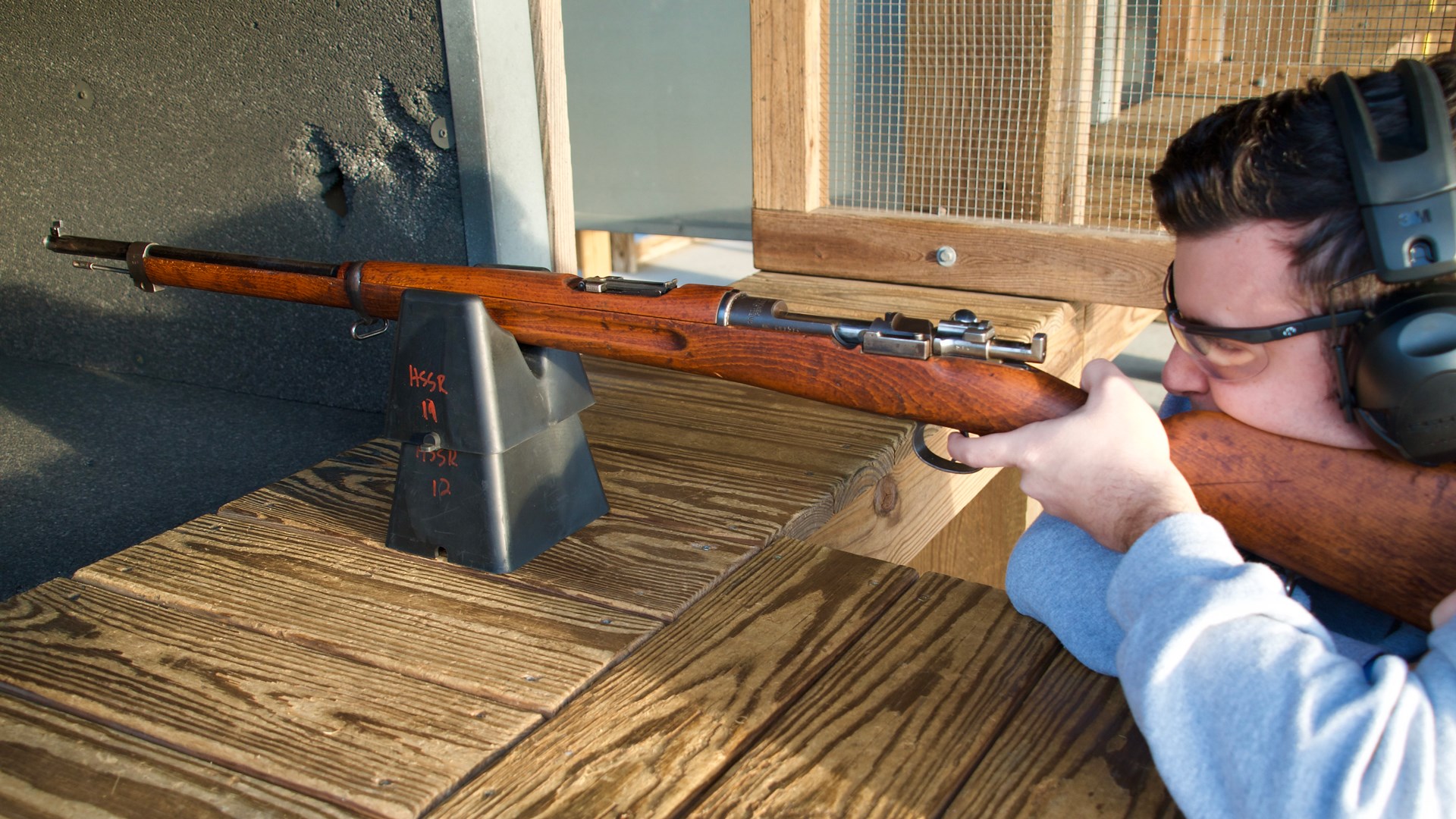
While I’m hesitant to give any round the long-range shooting edge based on my experience (shooting factory-loaded boxed ammunition) the 6.5 was very consistent and easy to walk out to the far targets without misses. The M96 itself is a beautiful rifle, but the round it’s chambered for really does steal the show. It’s also worth noting that the rifle’s widespread use by civilians for competition have left many in varying states of customization. This is usually a negative, but these customizations are generally tasteful, such as the very effective classic diopter rear sights found on many examples.
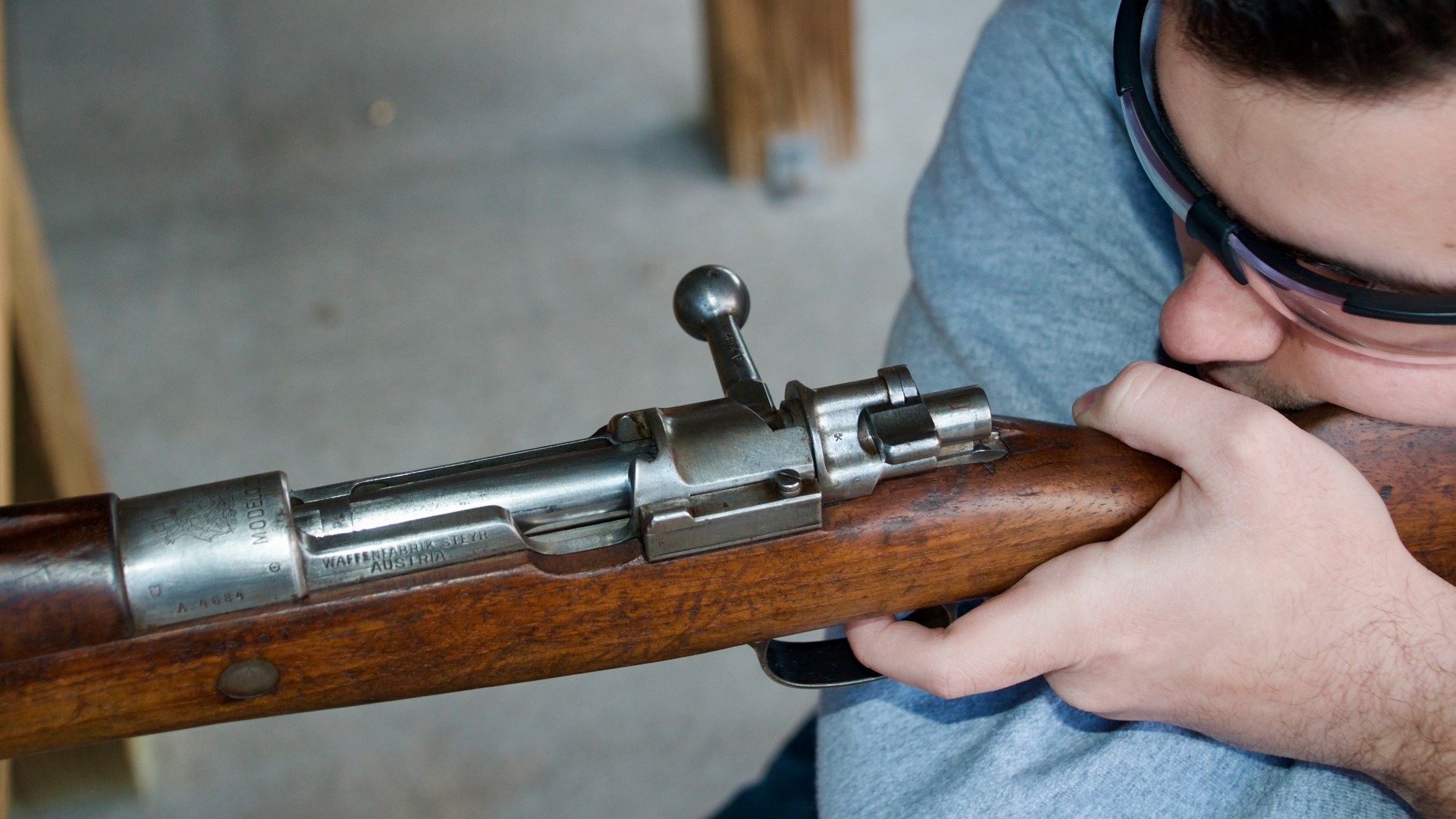
The Chilean Mauser M1912 (above) was built by the legendary Austrian manufacturer OEWG Steyr. This same company is known for having produced many excellent firearms for the dual monarchy of Austria-Hungary for use in World War I. The M1912 is a rifle that was made under contract for Chile. Like many other Mauser rifles that made their way west under contract, the M1912 is not as expensive to buy as the original Gewehr 98. Prices vary but are very close to those of the Swedish M96. Though the price of the M1912 is more in line with the Swedish Mauser, the rifle itself is much closer, construction-wise, to the German-built Gewehr 98. The major differences between the platforms are the inclusion of a normal tangent rear sight on the M1912 and the fact that it’s chambered in 7x57 mm Mauser, another very capable Mauser cartridge. The round strikes a great balance between the comfort of the 6.5 Swede and the substantial shooting experience of the 8 mm.
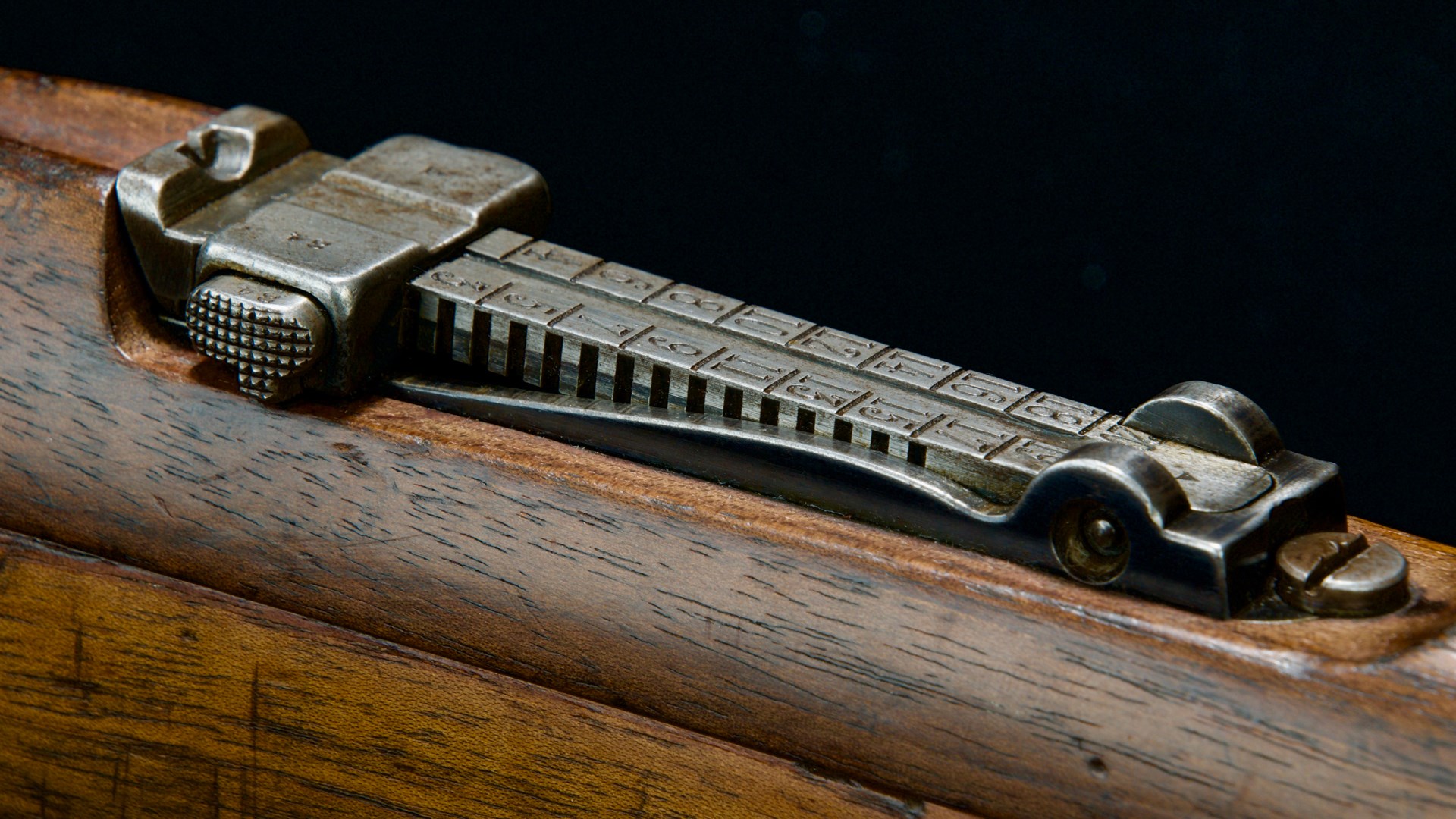
On the range, the Chilean M1912 feels refined and provides consistent performance. The iron sights (above) also start at the 300-meter mark but I have had much less trouble holding for elevation with this rifle than with its 8 mm Mauser predecessor. The balance of the M1912 might be my favorite thing about it. It just feels great to hold and operate. The action is smooth, the fit of the stock to the shooter’s face is nice and tight, and holding it aloft feels less awkward than with many other long rifles I’ve handled.
Standing at the firing line, the M1912 had no problem launching the 173-grain projectiles into mid-size steel IPSC targets 200 and 300 yards out. This was also done at a somewhat brisk pace, thanks to the smooth cycling action and lack of drastic point-of-aim adjustment. I feel this performance was more of a testament to the gun’s excellent balance than anything else. The Chilean M1912 may not have the flair of the Gewehr 98 or the reputation of the Swedish M96, but it’s a flat-shooting rifle with high-quality construction. It truly strikes a great balance between the two other rifles.
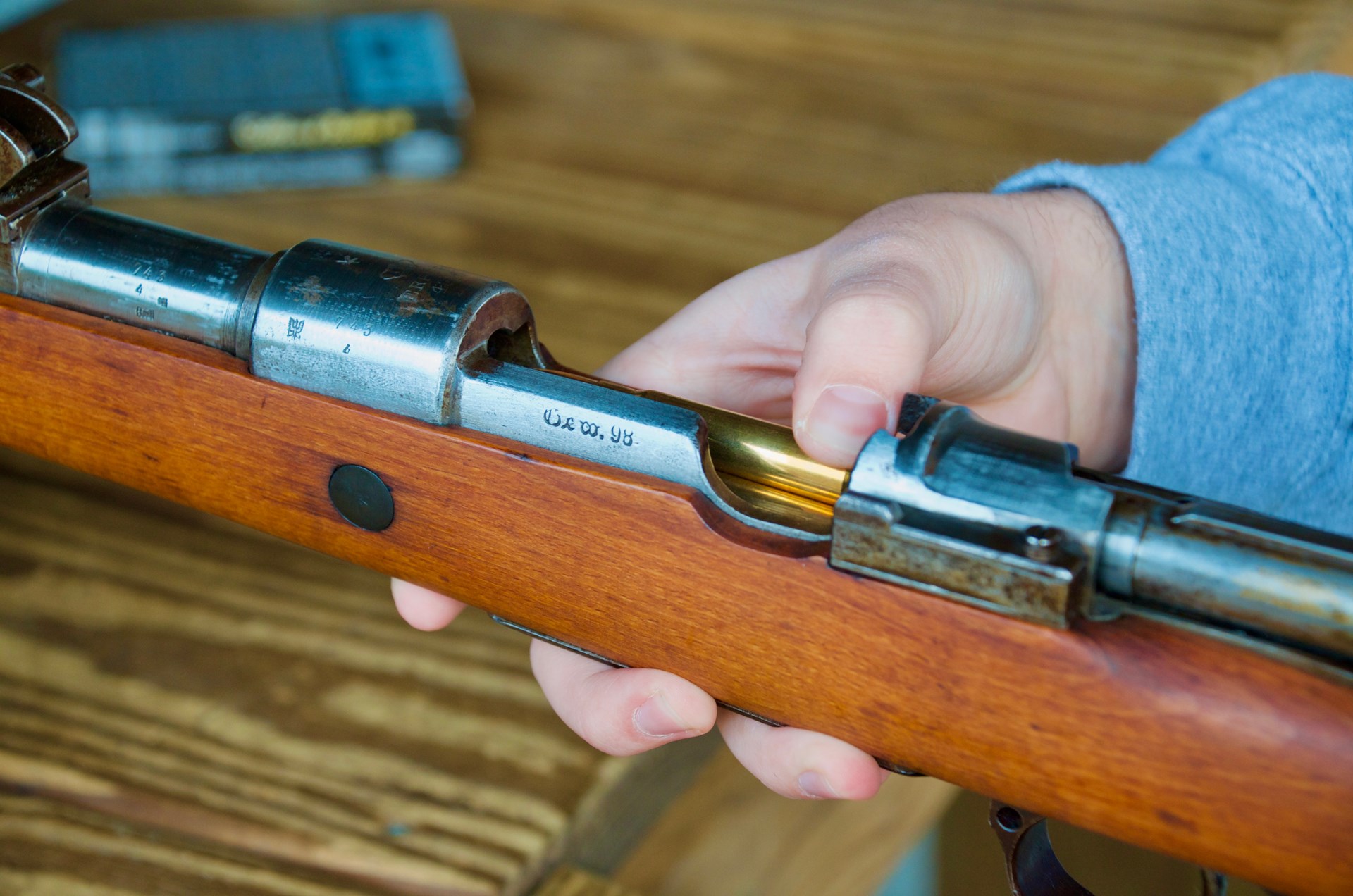
In the end, it’s incredibly difficult to pick just one of these rifles as being clearly superior to the others. Each excels in different areas. The sheer magnitude of the history surrounding the Gewehr 98 (above) is unmatched in this lineup. It’s also a great shooter under the right conditions. The overall quality and tack-driving accuracy of the Swedish M96 from the bench is going to be difficult to contest as well. The underdog, the M1912, has supreme balance and handling and represents almost a combination of the two other long rifles.
In my eyes, if the opportunity arises to shoot or own any or all of the rifles mentioned here, there is no bad choice to be made. If I absolutely had to choose just one, it would ultimately have to be the Gewehr 98. It satisfies the part of collecting that intrigues me most, the deep historical connections that military-surplus firearms share with significant events all over the world. It is also quite a capable rifle in most scenarios. Regardless of the gun, though, if a shooter knows the drawbacks of the platform going in, they’ll learn to love it.












